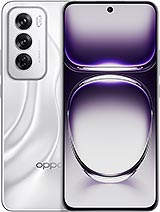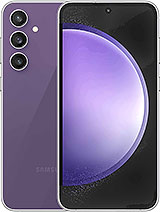Lava Yuva 4 4G alternatives
Tap above to see alternatives.
Oppo Reno13 alternatives
Tap above to see alternatives.
Lava Yuva 4 4G

Lava Yuva 4 4G
-
Unisoc T606
12 nm
-
5000 mAh
10W
-
6.56"
720 x 1612 pixels
-
50 MP
1080p@30fps
- Specs
Oppo Reno13

Oppo Reno13
-
Dimensity 8350
4 nm
-
5600 mAh
80W
-
6.59"
1256 x 2760 pixels
-
50 MP
4K@30/60fps
-
Specs

2x1.6 GHz Cortex-A75
6x1.6 GHz Cortex-A55
1x3.35 GHz Cortex-A715
3x3.20 GHz Cortex-A715
4x2.20 GHz Cortex-A510
4GB 128GB (UFS 2.2)
8GB 256GB (UFS 3.1)
(wide), AF
VGA
Auxiliary lens
f/1.8, 26mm (wide), 1/1.95", PDAF, OIS
8 MP
f/2.2, 15mm, 115˚ (ultrawide), 1/4.0", 1.12µm
2 MP
f/2.4, (depth)
1080p@30/60/120fps, gyro-EIS
f/2.0, 21mm (wide), AF
1080p@30/60fps, gyro-EIS
SIM1: Nano, SIM2: Nano
SIM1: Nano, SIM2: Nano
FDD: N1, N5, N8, N28
TDD: N41, N77, N78
FDD: N1, N5, N8, N28
TDD: N41, N77, N78
In this performance comparison, the Oppo Reno13 with its Mediatek Dimensity 8350 (4nm) performs better than the Lava Yuva 4 4G with the Unisoc Unisoc T606 (12nm), thanks to superior chipset efficiency.
Oppo Reno13 offers 3 years of OS updates, whereas Lava Yuva 4 4G provides 1 years. For security updates, Oppo Reno13 offers 4 years of support compared to Lava Yuva 4 4G's 2 years.
Oppo Reno13 features a superior AMOLED display, while Lava Yuva 4 4G comes with an LCD panel. In terms of smoothness, Oppo Reno13 offers a higher 120 Hz refresh rate, ensuring fluid scrolling and animations. Both devices deliver the same brightness level at nits. Notably, Oppo Reno13 offers a higher screen resolution, resulting in sharper visuals and more detailed content.
Oppo Reno13 features a larger 5600 mAh battery, potentially delivering better battery life. Oppo Reno13 also supports faster wired charging at 80W, compared to 10W on Lava Yuva 4 4G.
Oppo Reno13 includes an IP68 rating, while Lava Yuva 4 4G lacks an official IP rating.
- Oppo Reno13 – Check price here
¹ Scores can vary even with the same chipset due to RAM, thermals, and software optimization.










